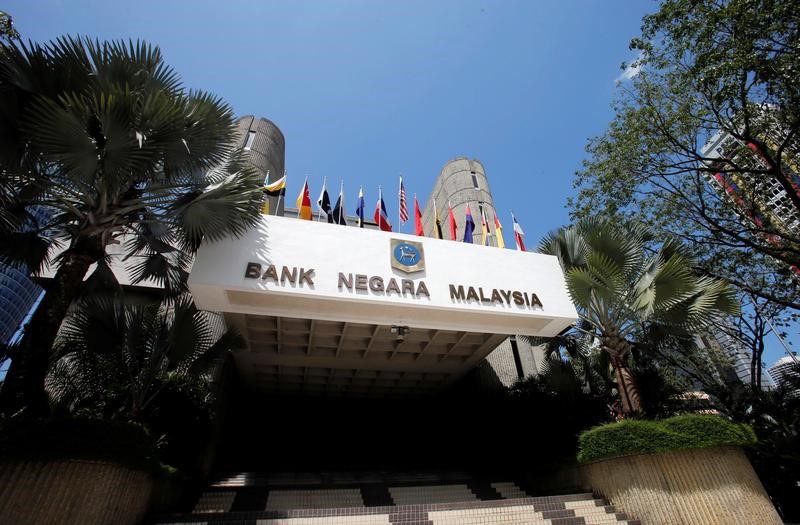KUALA LUMPUR, April 30 — The local banking system has ample liquidity in March 2021 amid stable funding conditions, Bank Negara Malaysia (BNM) said.
The central bank said Malaysia’s banking system continued to maintain healthy liquidity buffers, with the liquidity coverage ratio remaining strong last month at 145.1 per cent versus 147.1 per cent in February 2021.
“Banks’ funding profile also remained stable amid sustained strong growth in retail deposits,” it said in its Monthly Highlights report for March 2021 released today.
BNM assured that sound risk management practices by banks would support asset quality in the period ahead.
“Overall gross and net impaired loans ratios were broadly sustained at 1.6 per cent and one per cent, respectively.
“Banks continued to set aside additional provisions against potential credit losses, which currently stand at 1.8 per cent of total banking system loans,” it said.
In terms of net financing for the month under review, BNM said it expanded at 4.5 per cent in March, reflecting the increase in outstanding corporate bond growth, which stood at 5.9 per cent versus 4.5 per cent in February, as well as outstanding loan growth of 3.9 per cent against 3.7 per cent in the previous month.
On outstanding household loan growth, the central bank said it increased to 5.7 per cent last month from 5.1 per cent in February, while higher loan disbursements were recorded for the purchase of cars and residential properties.
For businesses, it said the outstanding loans grew at 1.1 per cent in March versus one per cent in the previous month.
“During the month, higher loan disbursements and repayments were observed across most sectors and purposes,” it said.
According to the central bank, domestic financial markets were affected mainly by external developments in March, particularly the rise in long-term US Treasury yields, which reached its highest level for the year at the end of the month amid higher growth and inflation expectations in the United States (US).
Consequently, it said, the US dollar also strengthened, which led to a broad-based weakening of other advanced and emerging market currencies against the greenback.
“During the month, the ringgit depreciated by 2.6 per cent against the US dollar, while the 10-year Malaysian Government Securities yield increased by 18.3 basis points.
“The benchmark FTSE Bursa Malaysia KLCI declined marginally by 0.3 per cent, as bond yields surged and investor sentiments were affected by lingering uncertainties surrounding the path of the pandemic globally, and expectations for a faster US monetary policy tightening,” it said. — Bernama






















